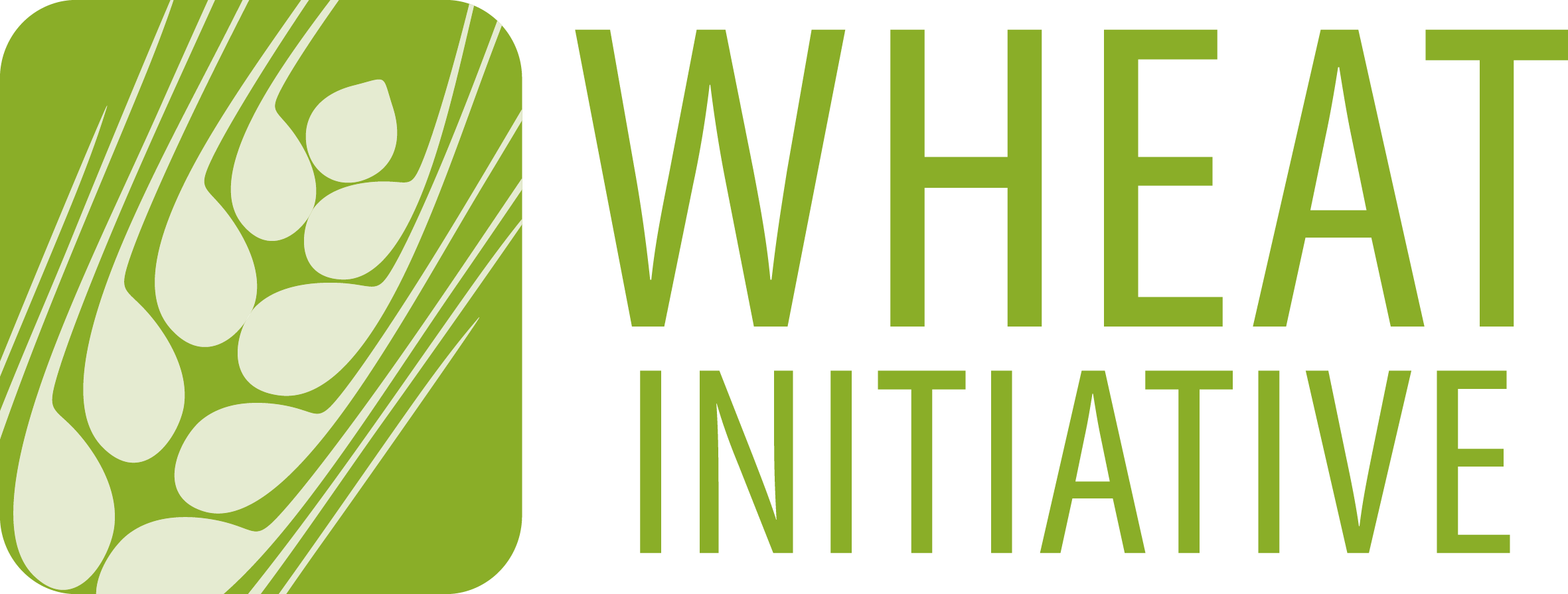On 16 June 2022, the IWGSC will organize a webinar entitled "PANOMICS meets Germplasm – understanding and exploiting intraspecific crop plant variation" presented by Wolfram Weckwerth (University of Vienna, Austria)
Time
11:00am EDT, 5:00pm CEST, 4:00 pm GMT
Register here
Presenter
Wolfram Weckwerth, University of Vienna, Austria
Outline
Genotyping-by-sequencing has enabled approaches for genomic selection to improve yield, stress resistance and nutritional value. More and more resource studies are emerging providing 1000 and more genotypes and millions of SNPs for one species covering a hitherto inaccessible intraspecific genetic variation. The larger the databases are growing, the better statistical approaches for genomic selection will be available. However, there are clear limitations on the statistical but also on the biological part. Intraspecific genetic variation is able to explain a high proportion of the phenotypes, but a large part of phenotypic plasticity also stems from environmentally driven transcriptional, post-transcriptional, translational, post-translational, epigenetic and metabolic regulation. Moreover, regulation of the same gene can have different phenotypic outputs in different environments.
Consequently, to explain and understand environment-dependent phenotypic plasticity based on the available genotype variation we have to integrate the analysis of further molecular levels reflecting the complete information flow from the gene to metabolism to phenotype which we call a PANOMICS platform integrating genomics, transcriptomics, proteomics, metabolomics and phenotyping.
Recently, I coined the term of “Green Systems Biology”, the need to apply these systems biology technologies to environmental research, ecosystem analysis and biotechnology. In the framework of Green Systems Biology we propose three fundamental pillars for future breeding strategies:
(i) combining genome selection with environment-dependent PANOMICS analysis and deep learning to improve prediction accuracy for marker-dependent trait performance;
(ii) PANOMICS resolution at subtissue, cellular and subcellular level provides information about fundamental functions of selected markers;
(iii) combining PANOMICS with genome editing and speed breeding tools.
Applications will be presented for metabolomics and proteomics tissue – and cell-specific analysis of the grain filling process in wheat seeds at different developmental stages.
References
W. Weckwerth, A. Ghatak, A. Bellaire, P. Chaturvedi, R. K. Varshney, PANOMICS meets germplasm. Plant Biotechnol J 18, 1507-1525 (2020)
W. Weckwerth, Green systems biology - From single genomes, proteomes and metabolomes to ecosystems research and biotechnology. J Proteomics 75, 284-305 (2011)
S. Zhang et al., Spatial distribution of proteins and metabolites in developing wheat grain and their differential regulatory response during the grain filling process. Plant J 107, 669-687 (2021)
